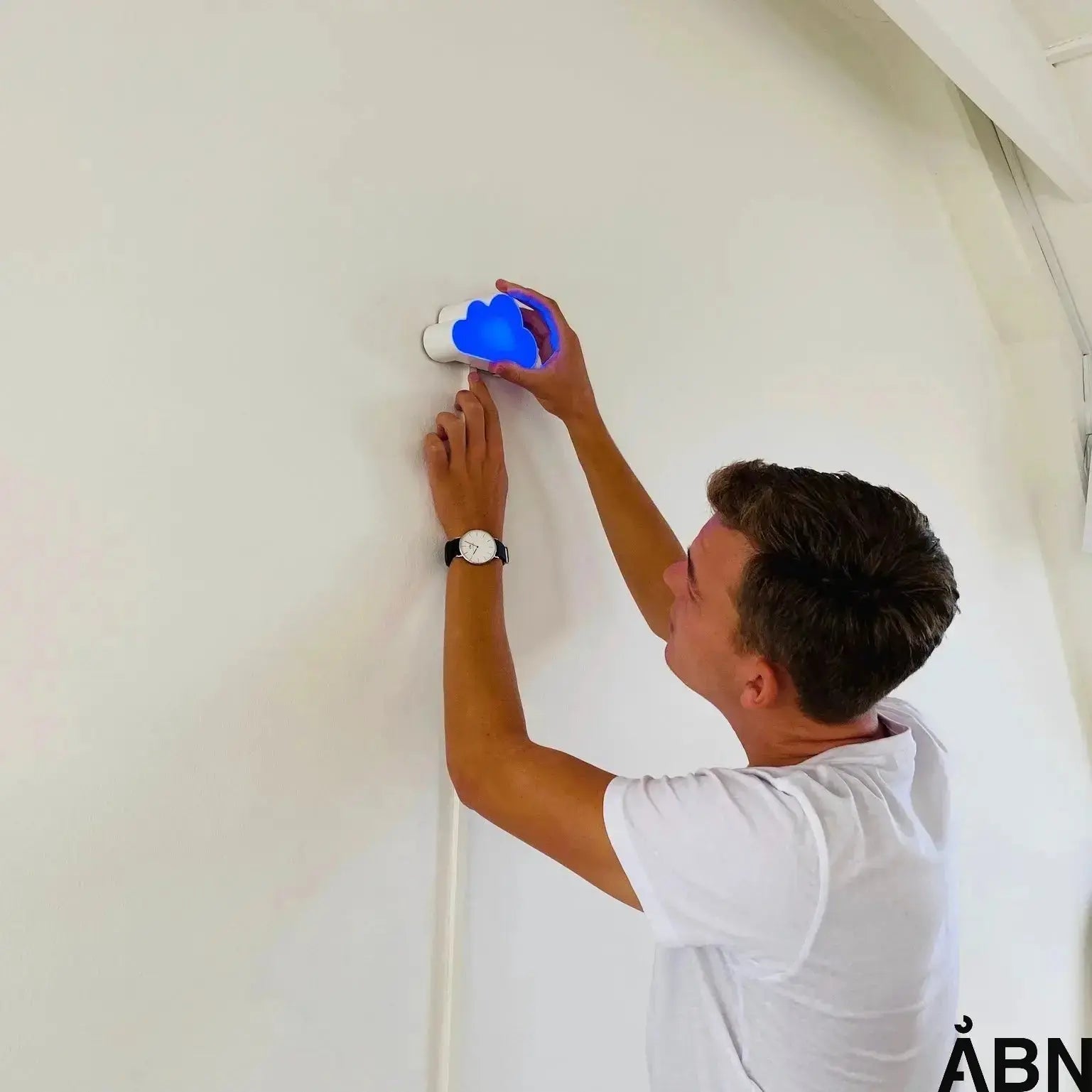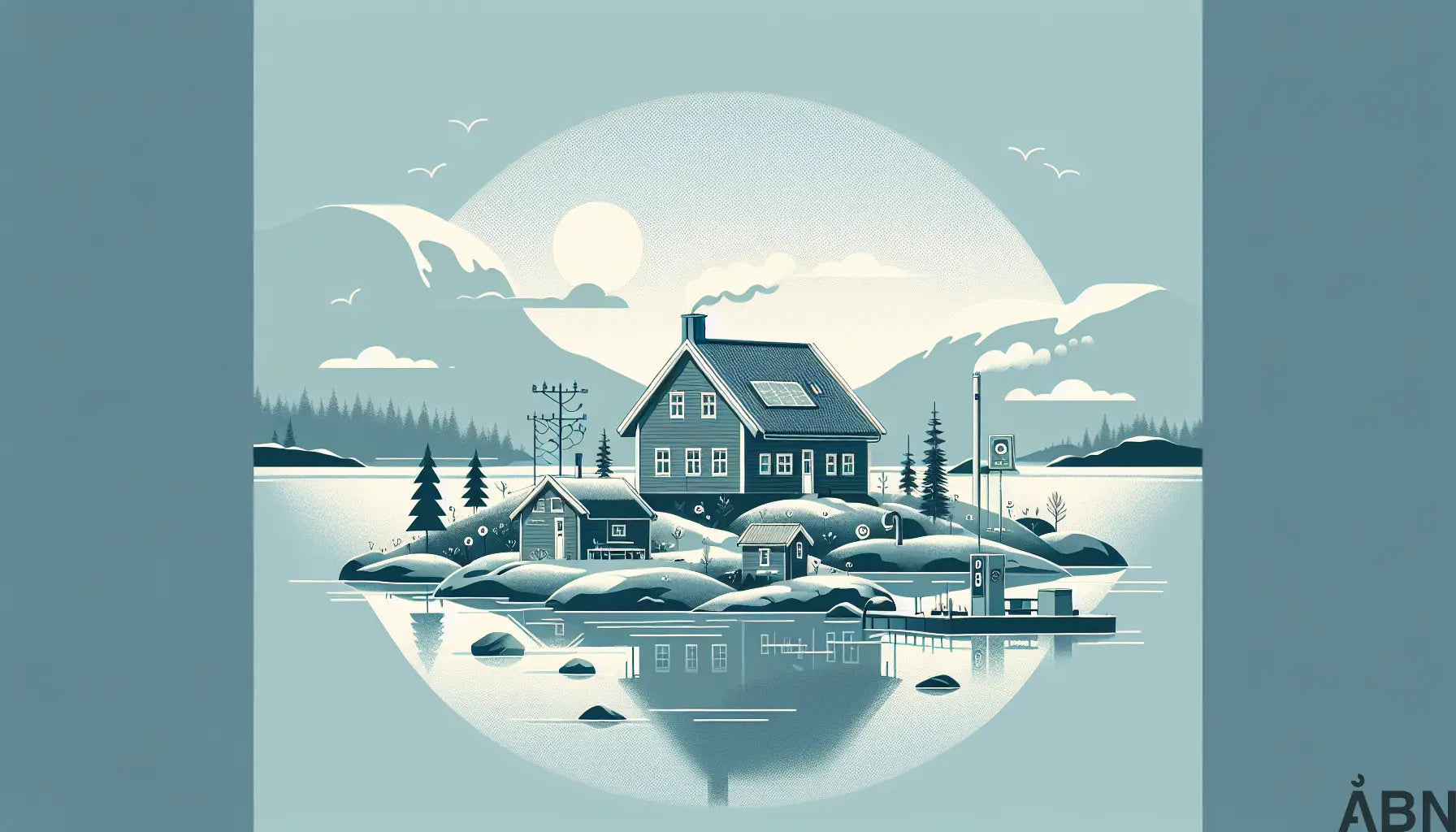Temperature and energy consumption: The balance between comfort and environmental considerations
When we talk about temperature and energy consumption, it is important to understand the interrelationship between these two factors. The temperature in our surroundings not only affects our comfort, but also has a major impact on our energy consumption and thus the environment. At ÅBN, we are aware of this balance and work on sustainable solutions that take into account both comfort and environmental concerns.
The influence of temperature on energy consumption
According to Energy Statistics 2022 from the Danish Energy Agency, Denmark's energy consumption and production are closely dependent on temperature fluctuations. When the temperature drops, energy consumption for heating buildings increases, and vice versa. This means that effective control of the temperature in our indoor climate is crucial to minimizing energy consumption and thereby reducing our environmental impact.
Weather and energy consumption
The connection between weather and energy consumption is clear, as explained by the Danish Meteorological Institute (DMI) . Weather factors such as temperature, solar radiation and wind speed directly affect our need for heating and cooling. By having intelligent temperature control based on these factors, we can optimize our energy consumption and create a more sustainable indoor climate.
Heating demand in Denmark
The heating demand in Denmark is also a central issue, as described in the report from the Building Partnership and Aalborg University . The climate and temperatures in Denmark play a crucial role in how much heat is needed in our buildings. By using advanced technology, such as ÅBN's solutions , we can adapt our heating consumption to the current climatic conditions and thereby reduce our energy consumption.
Development in household energy consumption
The development of energy consumption in households is also relevant, as analyzed by Statistics Denmark . Variations in temperatures and climate conditions have a direct impact on household energy consumption, and therefore it is crucial to have effective solutions for controlling temperature to reduce resource consumption.
ÅBN's technology and solutions
At ÅBN, we work with technology that provides insight into the indoor climate and helps optimize energy consumption. Our solutions such as Skyen and LandingPage Inside offer intuitive sensors and dashboards that make it easy to monitor temperature optimization and energy consumption. We believe that by creating transparent and user-friendly solutions, we can all contribute to a healthier and more sustainable future.
FAQ
How do temperatures affect energy consumption?
According to the report from the Danish Energy Agency, there is a direct correlation between temperature fluctuations and energy consumption. When the temperature drops, the need for heating increases, which increases energy consumption.
How can intelligent solutions optimize energy consumption?
By using advanced technology, such as ÅBN's sensors and dashboards, you can effectively control the temperature in the indoor climate and thus minimize energy consumption.
What is the importance of reducing energy consumption?
By reducing energy consumption, we can reduce our environmental impact and contribute to a sustainable future for future generations.
Contact us
In conclusion, we encourage all interested parties to contact ÅBN for advice, data or solutions to optimize temperature and energy consumption in their surroundings. Together we can create a better and more sustainable world.









